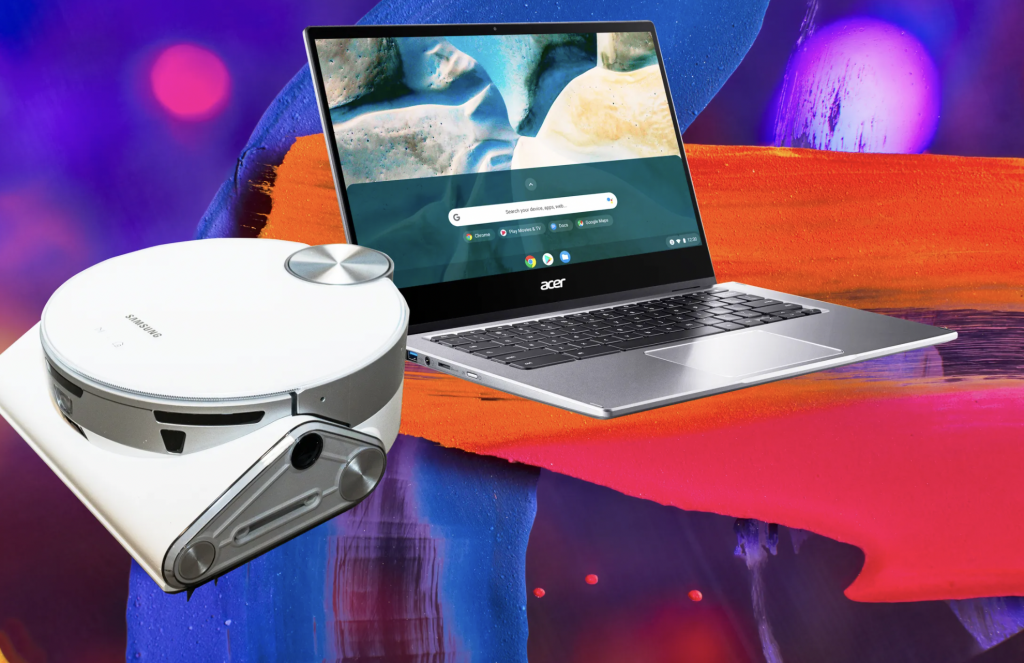Living with a disability doesn’t have to limit your opportunities if you use the latest tech. The newest assistive technology gives people with disabilities a better quality of life and allows them to move through society with fewer restrictions. Here are just a few of the devices changing the game for accessibility in 2021.
Jitterbug Smart3 from Lively Direct
Contents
Lively Direct offers the Jitterbug Smart3 for users who need more sound from an amplified speaker and large, easy-to-read text. This phone has prioritized menus with fewer apps for users who need a smartphone but without the fluff of unnecessary, distracting apps and functions.
This model has all of the fundamental technology that users want. It connects to the internet, has a camera, texts, and receives emails. Users don’t need to scroll through several pages to find everything, as the apps menu is one accessible page.
WeWalk assisting with visual impairments
People with visual impairments often use the iconic white cane to maneuver through public spaces. The engineers at WeWalk designed a sensor handle that sits atop the rod. The handle provides feedback through a sensor when the obstructions come near the cane but not close enough for the cane to strike them.
The sensor can also connect to a smartphone app to help visually impaired users know precisely where they are when public transportation is near or where they’ve misplaced their canes. The WeWalk designers continually upgrade the cane by adding more features and sending updates through the smartphone app.
Touch-free apps for people with physical disabilities
Engineers have been busy creating tech products for people with physical disabilities to bridge the accessibility gap. So much technology requires hand or finger movements, and not everyone has that option to operate their devices. Without arm, hand, or finger control, people struggle to use wheelchairs as well as smartphones and other tech devices.
Munevo, a German company, designed smart glasses for wheelchair users who need hands-free controls. Smart glasses control electric wheelchairs through subtle head movements. The glasses send the instructions to the wheelchair through a Bluetooth adapter.
Another company designed an app called Open Sesame that uses head movements to control electronic devices. The app uses the smart device’s camera to monitor head movements and control the cursor.
With head movements, users can write texts, create social media posts, and call people. These innovations remove the challenge of touchscreen and wheelchair usage for people without hand or finger control.
Getting help from Google
Google offers an assistive app for people with hearing disabilities and the people who want to communicate with them. Google’s Live Transcribe and Sound Notifications help bridge the gap between people who cannot hear and those who do not know sign language.
The app transcribes voices so people with hearing disabilities know what others are saying. It also notifies the users if a danger notification, like an alarm or smoke detector, sounds. The app can alert the user if a baby begins crying or if someone nearby says the user’s name. Like other Google apps, this one is free to use.
Wrap-up
Engineers and designers continue to create technology for people with disabilities. Technology should make lives easier, and assistive technology does exactly that.

